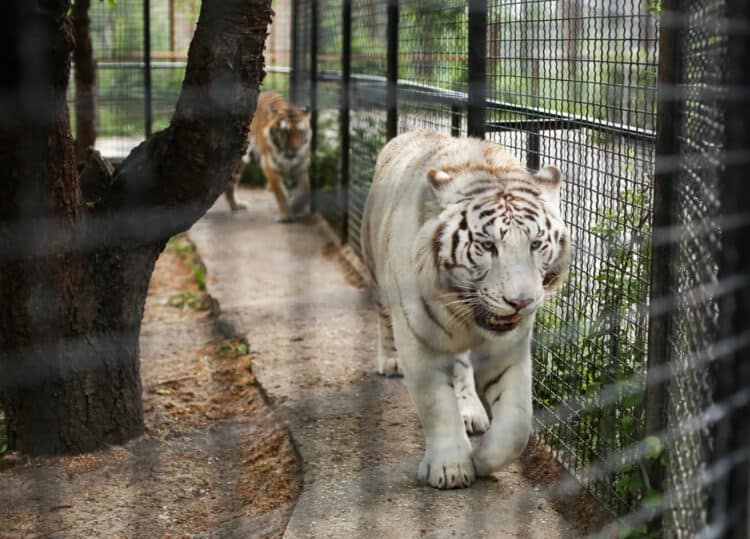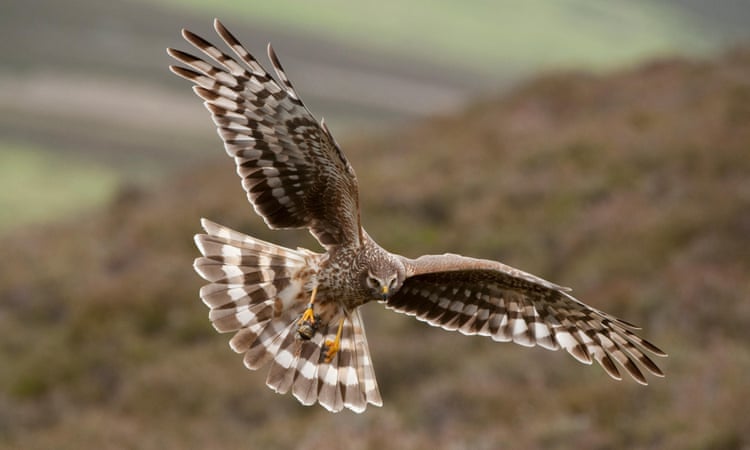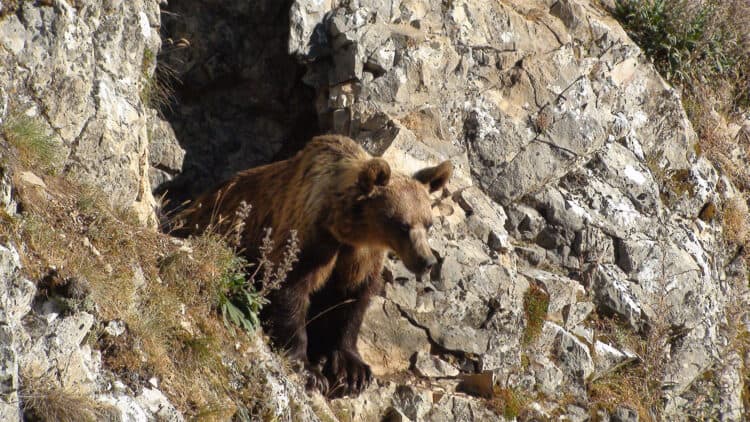For the third year in a row, a snowy owl originally banded in Maryland is back from the Far North—and thanks to ground-breaking tracking technology, scientists with Project SNOWstorm have been able to follow its movements across thousands of miles with an unprecedented level of precision.
A collaboration of more than 40 scientists, banders, wildlife veterinarians and pathologists, as well as dozens of organizations and institutions, Project SNOWstorm (www.projectsnowstorm.org) is the most ambitious attempt ever to understand the winter ecology of snowy owls. It is based at the Ned Smith Center for Nature and Art in Millersburg, PA.
“The information we’ve gotten from Baltimore is by far the most detailed record of the movements of any snowy owl ever tagged,” said David F. Brinker, one of the founders of Project SNOWstorm, and a biologist with Maryland Department of Natural Resources. “We have locations—accurate to a meter and in three dimensions, including altitude—every 30 minutes for almost his entire migration. That’s more than 14,000 GPS points, and counting. No snowy owl has ever been tracked for so long with such precision.”
First banded as a juvenile in 2014, Baltimore has been tracked across more than 6,000 miles of travel between the East Coast and the subarctic of northern Canada.
Baltimore has certainly gotten around. After wintering last year on the Maryland and New Jersey coasts, he migrated north through the middle of Manhattan, perching at midnight on the roof of a skyscraper at One Penn Plaza. He spent several weeks riding ice floes on Lake Ontario, then traveled more than 1,300 miles farther north, along James Bay and Hudson Bay to the northern tip of the Ungava Peninsula in Quebec, just 300 miles below the Arctic Circle.
During the summer and early autumn last year, Baltimore wandered across tundra landscapes beside the Hudson Strait inhabited by caribou, polar bears and wolves. The owl remained there until Halloween night, when the shortening days and deepening cold of the subarctic winter pushed him south.
By Dec. 19, 2015, Baltimore had reached Amherst Island, a world-famous hotspot for northern owls along the Canadian shore of Lake Ontario, where he’s spent the rest of this winter—hunting ducks, eating meadow voles and delighting the hundreds of birders and photographers who come to Amherst each winter to see northern owls.
Baltimore, a typically pale and unmarked male snowy owl, just before his release on Assateague Island National Seashore, Maryland. Credit: Chris Hudson
In the coming weeks, Baltimore should head north again—perhaps to breed, since he may now be old enough to start a family (the age at which snowy owls begin nesting is unknown).
Baltimore is just one of more than 40 snowy owls Project SNOWstorm has tagged over the past three years, in 10 states from North Dakota to Maine. The team believes it is imperative to better understand the species’ winter ecology, because snowy owls breed in regions where climate change is occurring most quickly and dramatically—and because it is also now clear that the global snowy owl population was badly overestimated for many years. Recent estimates put the world population at just 30,000, barely a tenth of what had been believed.
Project SNOWstorm was founded in 2013, in the wake of the largest invasion of snowy owls into the East since the 1920s. All those involved donate their time and expertise, and the work is funded entirely by donations from the public, including contributions from birding and ornithological groups. (Baltimore’s $3,000 transmitter, for instance, was sponsored by the Baltimore Bird Club.)
This article was first published by Phys.org on 02 Mar 2016.







Leave a Reply